- To apply for a Postal Address Rental PO Box in person, the applicant has to visit the office of the Nigerian Postal Service Corporate Headquarters or any nearest post office.
- The address and contact details of the Nigerian Postal Service Corporate Headquarters can be found in the following contact link
- Visit the office of NIPOST and obtain the forms required to be completed for obtaining a Postal Address Rental PO Box from the relevant department.
- Make sure that you have all documents listed in the “required documents” section of this page, when you visit the office.
- Complete the application form with appropriate details and required information in the respective sections of the form.
- After that, attach all the required documents with the application form and submit them to the relevant authority at the office.
- Pay the required amount of fees and annual rent as directed. Then, the officials will proceed to perform the internal processes with respect to the applicant’s request.
- Initially, your attached documents and application form will be checked for sufficiency and appropriateness.
- If found sufficient, further necessary tasks will be accomplished by the concerned officials for the issuance of the box number.
- Once all the tasks and processes are over, applicant will be intimated to collect the card and the box key through any applicable means.
This site is purposely made for the advertisement of brand and products, latest job research, school admissions and news, information's etc
Tuesday, 26 December 2023
Oyo State - Apply for a Postal Address Rental PO Box
Thursday, 23 November 2023
Oriki ati Anthem Egba (Abeokuta)
Where Egba people?, oya share
ORIKI EGBA
Egba mo’lisa
Omo gbongbo akala
Omo erin jogun ola
Omo osi’lekun pa’lekun de
Aridi ogo loju Ogun Baba t’emi la royin ogun baara fagbe
Ko sohun ti won n se ni mecca
T’awa kii se Legba Alake
Won n mumi semi semi ni Mecca
Awa n mumi Odo Ogun legba Alake
Won n g’Arafa ni Mecca Awa n gori Olumo l’egba tiwa
Won bimi L’ake
Mo gbo lenu bi jeje
Won bimi ni Gbagura
Monday, 23 October 2023
Location Meaning
Always check for more updates. . .
WHAT DO YOU THINK? - We have all sinned and deserve God's judgment. God, the Father, sent His only Son to satisfy that judgment for those who believe in Him. Jesus, the creator and eternal Son of God, who lived a sinless life, loves us so much that He died for our sins, taking the punishment that we deserve, was buried, and rose from the dead according to the Bible. If you truly believe and trust this in your heart, receiving Jesus alone as your Savior, declaring, "Jesus is Lord," you will be saved from judgement, and spend eternity with God in heaven.
What is your response?Yes, today, I'm deciding to follow Jesus
Yes, I'm already the follower of Jesus.
GET BUY YOUR BIBLE, Books, Dictionary, and Others for yourself, your, children, and family @YKAMAZINGWORLD FREELANCE ENTERPRISES LIBRARY on visiting or with delivery to your location.
Sunday, 8 October 2023
Abyssinian Guinea Pig - Cavia porcellus

They are one of the oldest breeds of guinea pig
Abyssinian Guinea Pig Scientific Classification
- Kingdom
- Animalia
- Phylum
- Chordata
- Class
- Mammalia
- Order
- Rodentia
- Family
- Caviidae
- Genus
- Cavia
- Scientific Name
- Cavia porcellus
Abyssinian Guinea Pig Conservation Status
- Least Concern
Abyssinian Guinea Pig Locations
- South-America
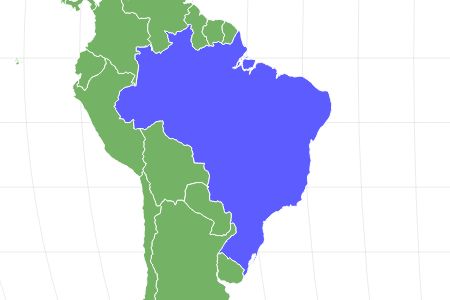
Abyssinian Guinea Pig Facts
- Name Of Young
- Pups
- Group Behavior
- Herd
Saturday, 30 September 2023
Abyssinian Felis catus - Cats
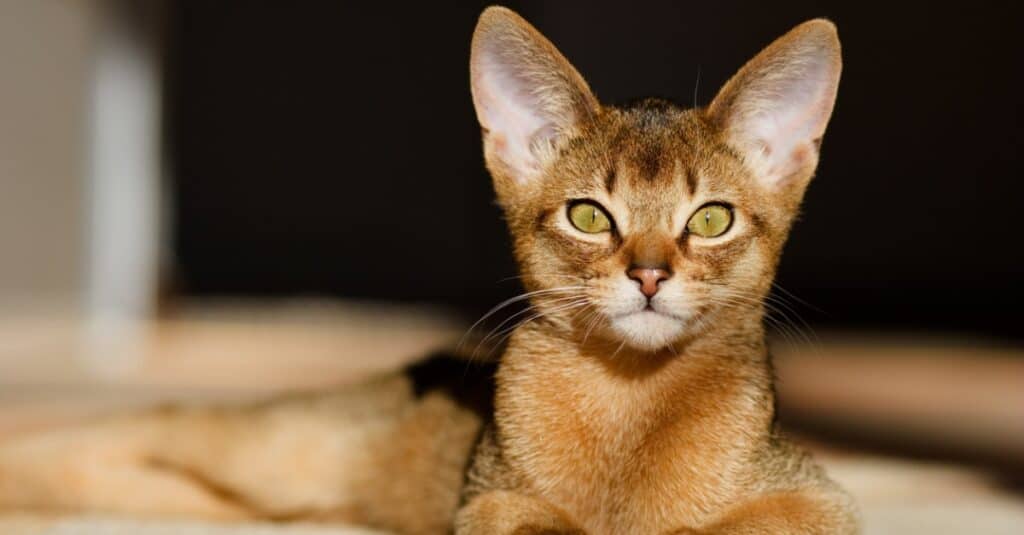
The breed may be a mix of Burmese, Siamese, and Russian Blue.
Abyssinian Scientific Classification
- Kingdom
- Animalia
- Phylum
- Chordata
- Class
- Mammalia
- Order
- Carnivora
- Family
- Felidae
- Genus
- Felis
- Scientific Name
- Felis catus
Abyssinian Conservation Status
- Not Listed
Abyssinian Locations
- Africa

Abyssinian Facts
- Fun Fact
- The breed may be a mix of Burmese, Siamese, and Russian Blue.
- Distinctive Feature
- Silky fur and almond shaped eyes
- Other Name(s)
- aka Aby or Abys for short
- Temperament
- Intelligent and curious
- Training
- Easy
- Diet
- Omnivore
- Average Litter Size
- 6
- Type
- Shorthair
- Common Name
- Abyssinian cat
- Slogan
- One of the oldest cat breeds in the world!
- Group
- Cat
Aardwolf Wildlife Animal
The aardwolf has five toes on its front paws.
Aardwolf Scientific Classification
- Kingdom
- Animalia
- Phylum
- Chordata
- Class
- Mammalia
- Order
- Carnivora
- Family
- Hyaenidae
- Genus
- Proteles
- Scientific Name
- Proteles cristata
- Least Concern
Aardwolf Locations
- Africa
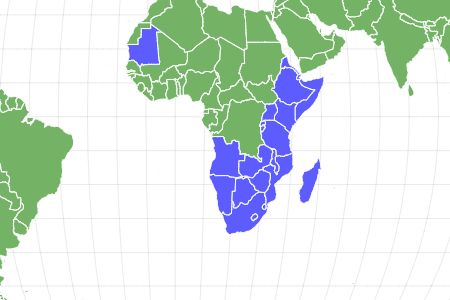
Aardwolf Facts
- Prey
- Termites and other insects
- Name Of Young
- Cubs or pups
- Group Behavior
- Solitary
- Fun Fact
- The aardwolf has five toes on its front paws
- Biggest Threat
- Habitat loss
- Most Distinctive Feature
- The thick mane that runs along the back
- Other Name(s)
- Maanhaar-jackal, termite-eating hyena, and civet hyena
- Gestation Period
- 90 days
- Litter Size
- 2-5
- Habitat
- Savannas and grasslands
- Predators
- Jackals, lions, and leopards
- Diet
- Carnivore
- Type
- mammal
- Common Name
- aardwolf
- Number Of Species
- 1
- Location
- Sub-Saharan Africa
Aardwolf Physical Characteristics
- Color
- Brown
- Yellow
- Black
- Skin Type
- Hair
- Lifespan
- 15 years
- Weight
- 17-31lbs
- Height
- 16-20in
- Length
- 33-41in
- Age of Sexual Maturity
- 1.5-2 years
- Age of Weaning
- 3-4 months
Aardwolf Pictures
View all of our Aardwolf pictures in the gallery.
“Aardwolves play a positive role in the ecosystem by limiting the number of termites throughout their natural range.”
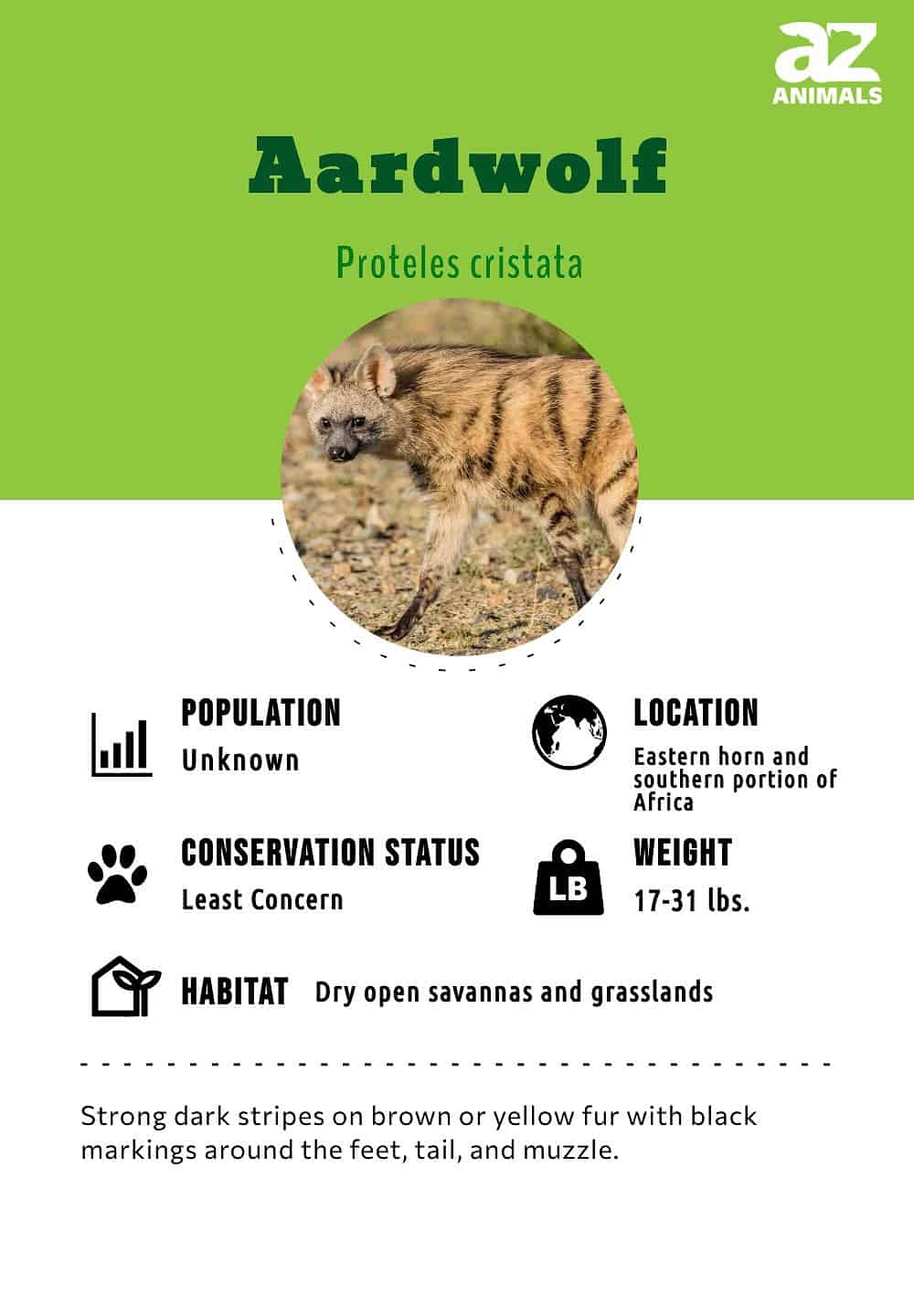
The aardwolf is the lesser-known cousin of the striped, brown, and spotted hyenas. Because it’s shy, elusive, and nocturnal, it’s rarely encountered by people.
The name aardwolf essentially means earth wolf in the Afrikaans and Dutch languages, but this is misleading because it’s not a wolf at all. Instead, it belongs to the hyena family, a fact which is fairly obvious from its appearance alone. It looks quite a bit like a striped hyena, whose African habitat overlaps with its own. This article will cover some interesting facts about the identification, diet, habitat, and behavior of the aardwolf.
Aardwolf vs Hyena
As just mentioned, the aardwolf is a member of the hyena family, and its appearance is quite similar to a hyena. The main differences are that the aardwolves are generally smaller in body size, they live in smaller groups of family units, and they consume insects rather than carrion or larger prey.
The Ardwolf is often mistaken for the Striped Hyena, shown here, and they are in the same family Hyaenidae, but have different characteristics.
3 Incredible Aardwolf Facts!
- Because aardwolves are specifically adapted for eating termites, some of their teeth have evolved into blunt pegs, barely even capable of chewing meat. Their powerful jaws are used to defend territory instead.
- An alternative name for this species is maanhaar-jackal, which means mane-jackal in Dutch, even though it isn’t closely related to jackals at all.
- Aardwolves are territorial and will raise their manes as a warning sign to an intruder, then chase it away! The situation rarely ends in a fight.
Scientific Name
The scientific name of the aardwolf is Proteles cristata. The genus name Proteles, which essentially means “complete in front” in Greek, refers to the fact that it has five toes on the front limbs and only four on the hind limbs. Cristata comes from a Latin word that means a comb or tuft on the head of an animal (referring to its luxurious mane).
There are two subspecies of the aardwolf: Proteles cristatus cristatus lives in Southern Africa, and Proteles cristatus septentrionalis lives in eastern and northeastern Africa.
Together with the brown hyena, spotted hyena, and striped hyena, the aardwolf is a member of the family Hyaenidae. It was once placed in its own separate family, but this is no longer considered to be correct.
Evolution
Aardwolves are thought to be an example of a “primitive” hyena. This essentially means they may have evolved from a very early branch of the hyena family before the other three species came to be. Based on genetic and fossil evidence, they probably diverged from the rest of the hyena family at some point between 15 and 32 million years ago. It was once thought that the aardwolf may not be a hyena at all, but rather a closely related species mimicking the appearance of the striped hyena to trick potential predators, but this explanation has fallen out of favor as scientists have gathered more evidence.
ars ago. It was once thought that the aardwolf may not be a hyena at all, but rather a closely related species mimicking the appearance of the striped hyena to trick potential predators, but this explanation has fallen out of favor as scientists have gathered more evidence.
Appearance
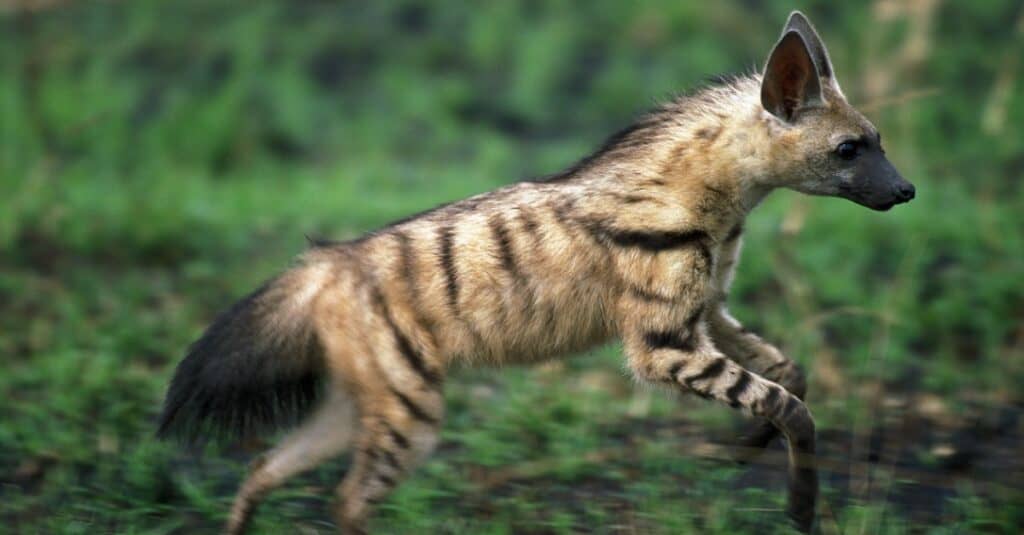
©iStock.com/slowmotiongli
The aardwolf might be accidentally mistaken for a hyena if you don’t know what key identification markers to look for. The most prominent feature is the strong dark stripes against a backdrop of brown or yellow fur with additional black markings around the feet, tail, and muzzle. It also has a thick mane running from the head to the tail and large triangle-shaped ears. However, compared with most hyenas, it also has five toes on the front feet instead of four. Most members of the species are about three feet long and weigh between 17 to 31 pounds. This makes them the smallest member of the hyena family. Males and females look almost identical in coloration and size.
Behavior
Because of their shy and elusive behavior, there is still a lot about the aardwolves we don’t yet understand. For a long time, it was thought that the aardwolf was a solitary creature. But in fact, as we’ve since learned, the basic unit of the aardwolf’s social life appears to be the family, which consists of a breeding pair and their immediate offspring. There is little evidence it forms larger packs or groups for long periods. The breeding pair raises the offspring together nearly all year long and defends their territory against outside aggressors. They may create as many as 10 dens, as well as several waste disposal areas, within their territory. The den is usually composed of a simple hole, crevice, or abandoned porcupine or aardvark burrow in the ground.
Aardwolves do most of their communicating with the scent markings of their anal gland. This scent is smeared all over foliage to mark their territory and attract mates. They tend to make very few sounds unless they are threatened or startled. The only exceptions are some clucking, barking, and roaring sounds. If it’s in direct danger, then the hairs on the back of the mane will stand up and it may emit a foul-smelling substance from the anal gland. The aardwolf may also chase the intruder out of its territory, but given the slow speed, it may prefer to let the intruder go. Only when the aardwolf is faster will it overtake the other animal and instigate a fight.
Despite the strong bond between the mating pair, the aardwolf appears to do most of its foraging alone without the help of its partner. As a nocturnal animal, it comes out at night to do most of its feeding, and then it retreats to the underground den during the daylight hours to avoid the withering heat. This behavior may change during the winter months when it comes out for some time in the afternoon and then sleeps at night. There is some evidence to suggest that the aardwolf may share part of its territory or hunt in small groups when food is particularly scarce. This maximizes their chances of finding food.
Habitat
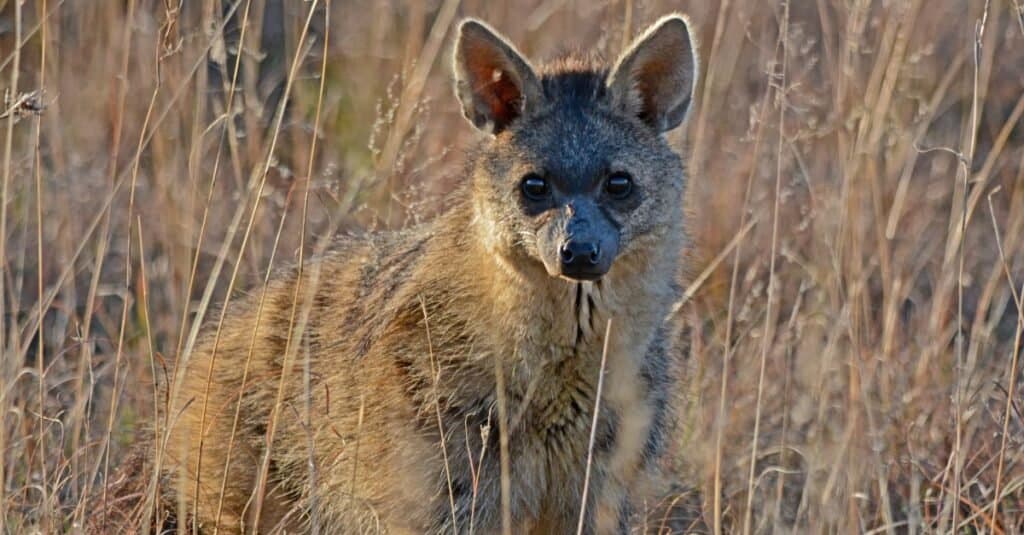
The aardwolf prefers to inhabit dry open savannas and grasslands with minimal annual rainfall. It can be found in two separate disconnected places, thus the two subspecies have developed from the separation: the eastern horn of Africa around Ethiopia, Somalia, and Kenya, and the southern portion of Africa around Angola, Zambia, and South Africa. There is some debate about whether these eastern and southern populations should be considered as entirely separate subspecies because apart from their distinctive ranges, they are otherwise similar.
Predators and Threats
The aardwolf faces few significant threats in the wild because they generally keep to themselves and don’t bother humans too often. However, sometimes they are in danger of falling victim to hunting, motor accidents, and habitat loss from encroaching human habitats.
What Eats the Aardwolf?
Adult aardwolves have few serious predators in the wild, but the aardwolf puppy is vulnerable to jackals, lions, leopards, and other hyenas. Hunting dogs will also sometimes attack and kill the aardwolf.
What Does the Aardwolf Eat?
Aardwolves may look like fearsome predators, but their diet consists almost solely of termites. After locating the termite mounts through scent and sound, the aardwolf will dig up the quarry with its sharp claws. It will then lick the termites right off the ground with their long sticky tongue. It’s estimated that a single individual can consume around 300,000 termites every single night. The termites also supply them with most of the water they need in their otherwise dry and arid habitats. Aardwolves are immune to the toxins that these termites produce to stop other predators from eating them. If termites are not available, then they might consume beetles and other insects. Contrary to expectation, they do not appear to scavenge for carrion at all like other hyenas, butt they might consume insects right off a dead body.
Reproduction and Life Cycle
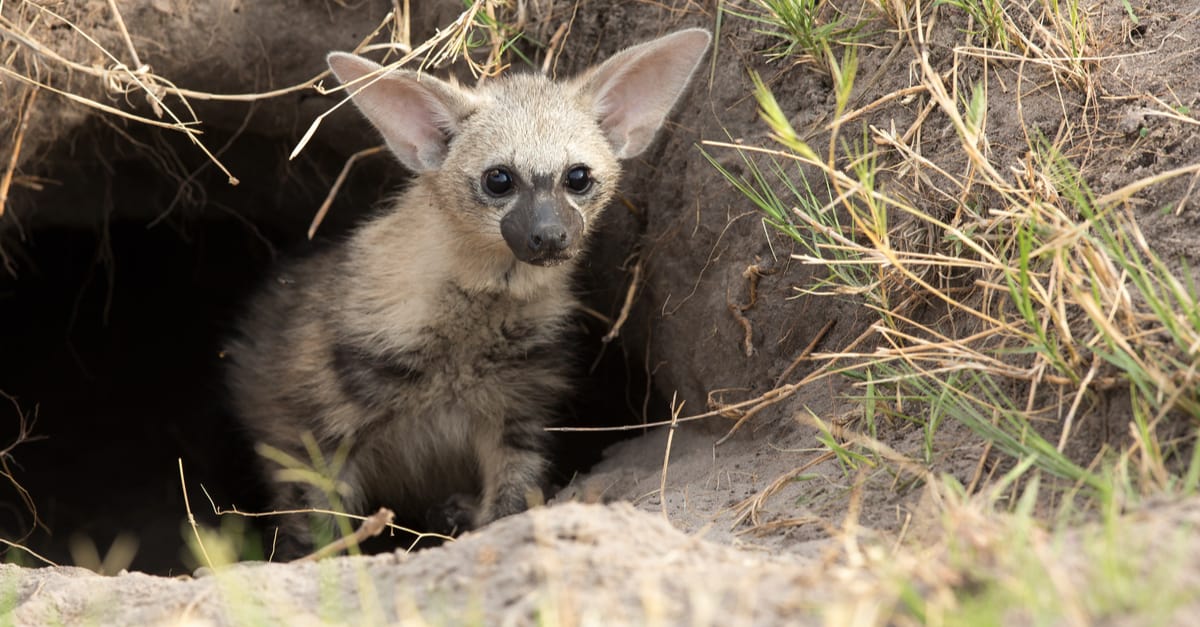
The aardwolf’s mating season can conceivably take place at any time of the year, but depending on where it lives, breeding often peaks in the rainy months. To attract a potential mate, both males and females will secrete a pungent scent from the anal gland. If the female accepts what the male has to offer, then they will form pair bonds together and produce a single litter per year. However, the most aggressive males may intrude on another territory and copulate with the mate of a weaker male as well.
After a gestation period lasting approximately 90 days, the mother will give birth to a litter of two to five pups with their eyes open but otherwise helpless. They will remain safe and protected in the underground den, feeding on the mother’s milk for the first three to four months of their lives. The father has the responsibility of guarding the den, while the mother will make foraging trips outside. When the offspring are fully weaned, each puppy will be fed regurgitated termites until they’re old enough to hunt on their own.
These foraging trips become progressively bolder and farther from the den with each passing month. The aardwolf puppy will continue to learn and grow under the supervision of the parents for the first year. After that, they leave the family to stake out their territory. Most aardwolves achieve full sexual maturity at around 1.5 to two years of age. The lifespan of the aardwolf isn’t exactly known, but other closely related hyena species can live about 15 years or more in the wild.
Population
Aardwolves are considered to be a species of least concern by the IUCN Red List. This means numbers are healthy and they require no special conservation efforts. It is not known how many aardwolves live throughout their entire range, in part because their elusive and nocturnal behavior makes it hard to estimate. Based on the aardwolf’s behavior, however, we know that population densities are quite low. A single breeding pair can occupy territory as large as 1 to 4 square kilometers (0.4 to 1.5 square miles). The male will defend his territory both in and out of the breeding season.
The lifespan has never been accurately documented, but it’s safe to assume, based on a study of the most closely related species, that it can live about 15 years and perhaps as much as 20.
Aardwolf FAQs (Frequently Asked Questions)
What is an aardwolf?
The aardwolf is a medium-sized carnivorous mammal that belongs to the hyena family. While the hyena ancestry is quite obvious, it has enough distinctive traits that identification shouldn’t be too difficult.
What does an aardwolf eat?
Aardwolves feed almost exclusively on termites and other insects.
Where is an aardwolf found?
They are very common in savannas and grasslands across parts of eastern and southern Africa.
Are aardwolves aggressive?
Male aardwolves can be aggressive toward each other, but they are almost never aggressive toward people unless intentionally provoked. They would rather keep to themselves.
What animal eats an aardwolf?
The juveniles are sometimes preyed upon by jackals, lions, and leopards. Adults generally face few predators.
Is an aardwolf a dog?
Despite some popular misconceptions, the aardwolf is not a dog or a canine at all. It’s actually a member of the hyena family, and hyenas are more closely related to felines than to canines. They last shared a common ancestor with canines some 50 million years ago or even longer.
a member of the hyena family, and hyenas are more closely related to felines than to canines. They last shared a common ancestor with canines some 50 million years ago or even longer.
Is the aardwolf endangered?
No, aardwolves are considered to be a species of least concern by most major conservation trackers. It faces few significant threats in the wild.
How long can an aardwolf live?
The lifespan has never been accurately documented, but it’s safe to assume, based on a study of the most closely related species, that it can live about 15 years and perhaps as much as 20.
Is an aardwolf an omnivore?
The aardwolf is a carnivore almost exclusively. It consumes very little plant matter.
Thank you for reading! Have some feedback for us in the comment box below?
Always check for more updates. . .

.png)
